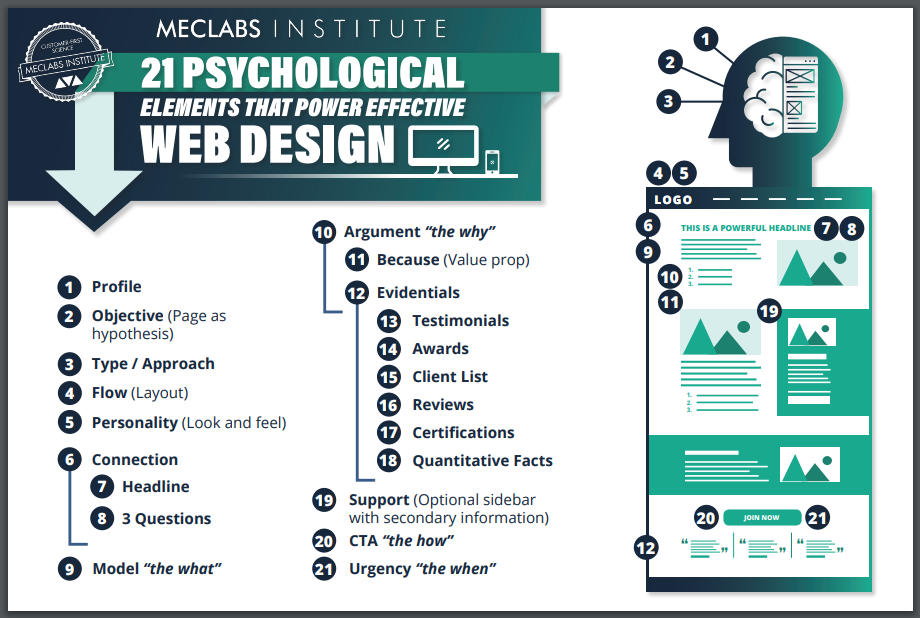Effective Landing Pages: 30 powerful headlines that improved marketing results
There are 21 psychological elements that power effective web design (see infographic). Of those elements, one of the first your customers will experience is the headline.

A powerful headline is your make-or-break opportunity to connect with the customer and get them to engage with the rest of your page — and ultimately convert.
We’ll provide you oodles of examples of effective headlines in this MarketingSherpa blog post to help spark ideas as you brainstorm your own headlines. And you can delve deeper into all 21 of those psychological elements in the following videos from MarketingSherpa’s sister brand, MarketingExperiments:
The 21 Psychological Elements that Power Effective Web Design (Part 1)
The 21 Psychological Elements that Power Effective Web Design (Part 2)
The 21 Psychological Elements that Power Effective Web Design (Part 3)
(This article was originally published in the MarketingSherpa email newsletter.)
Now on to the examples …
Like with your own landing pages, in many of these examples the headline wasn’t the only factor that affected performance. However, a different headline is a pretty significant change on a website and is usually a major contributing factor to a change in performance. The best performing headlines below are bolded. The capitalization in these headlines represents the actual capitalization in the test.
Before: We’re here to help.
After: Simplifying Medicare for You
Results: 638% more leads
You can read more about the above headline in Landing Page Optimization: How Aetna’s HealthSpire startup generated 638% more leads for its call center
Before: About The GLS
After: Two Days of World-Class Leadership Training
Results: 16% increase in attendance
You can read more about the above headline in Customer-First Marketing: How The Global Leadership Summit grew attendance by 16% to 400,000








